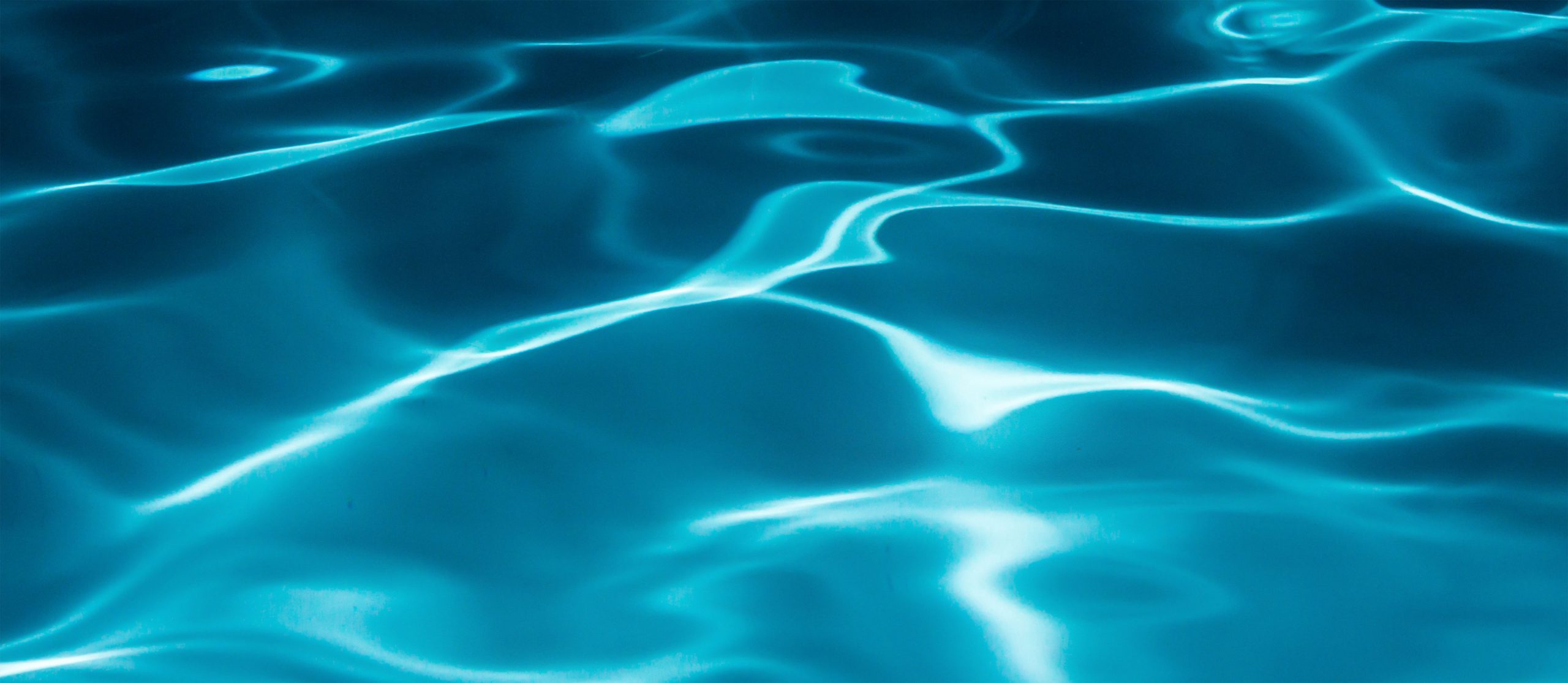Worth Their Salt? Pools Where Chlorine Isn’t King
- August 26, 2011
- Texas News,
By this stage of summer, days spent at the swimming pool have left many children with frizzled hair, red eyes and itchy skin.
A growing number of pool owners, both private and public, blame the chlorine in the pool—and are trying so-called saltwater pools and other new technologies that promise disinfection with fewer annoyances and maintenance hassles than standard chlorine additives. First introduced to U.S. swimming pools in the 1920s, chlorine is credited with helping arrest the spread of disease-causing bacteria and viruses.
Kurill Brindle and her daughters, 10-year-old Britton and 6-year-old Devlin, love the saltwater pool the Fort Bragg, N.C., military base they live on installed this spring. “The water feels soft on your skin,” and her daughters don’t have to wear goggles underwater anymore, Ms. Brindle says.
They remember the chlorinated indoor pool they used to swim in when they lived at Fort Bliss in Texas. “The girls’ swimsuits would get kind of worn and you’d smell like chlorine on your hair and skin,” says Ms. Brindle.
So-called saltwater pools are the most popular alternative to conventional chlorine systems, making up about 13% of the roughly 10 million residential and commercial pools in the U.S. in 2010, according to Duluth, Ga., pool-market-research firm P.K. Data Inc.
The term saltwater is a little confusing. The pools don’t actually contain seawater and are only 8% to 9% as salty. Rather, salt reacts with electricity at the source of the water flow to generate high concentrations of pure chlorine that are then dispersed through the pool. This doesn’t allow the formation of itch- and stink-producing byproducts that conventional chlorine pools produce.
Other unconventional alternatives to chlorine include systems that release ozone gas or shoot beams of ultraviolet light through water to kill bacteria, viruses and algae. Others use streams of charged metal atoms to kill nasties. These systems still require occasional dosing with chlorine or other chemical disinfectants, but as little as 10% of what conventional pools call for, say manufacturers and distributors.
Lynn Trahan, a homeowner in The Woodlands, Texas, says he was turned off by how saltwater pools still use chlorine and picked UV-light technology when he revamped his home pool three years ago. Now, he uses only 0.2 part chlorine per million parts water—down from 1.5 ppm previously—as an added disinfectant in the water. “It’s crystal clear,” he says.
Continue reading this article regarding salt water pools: http://online.wsj.com


